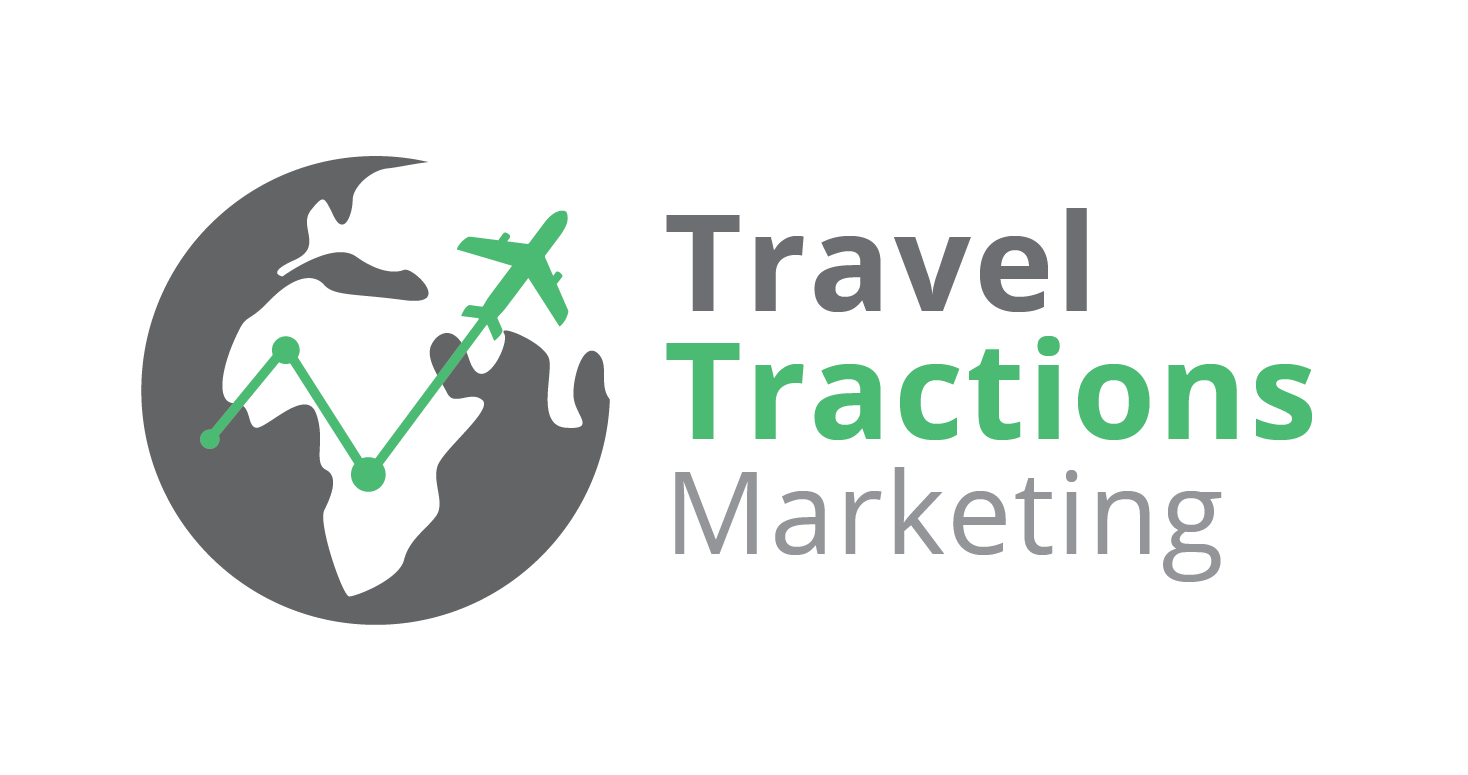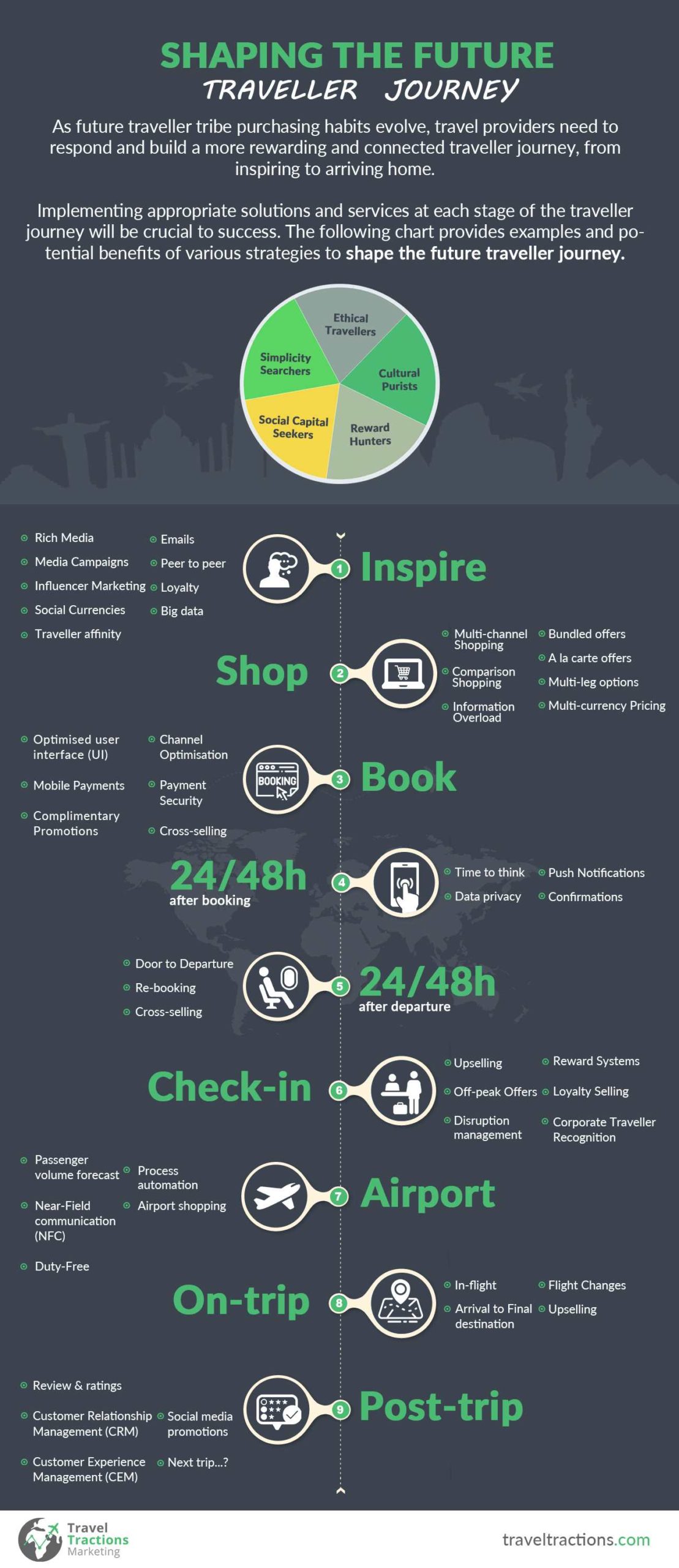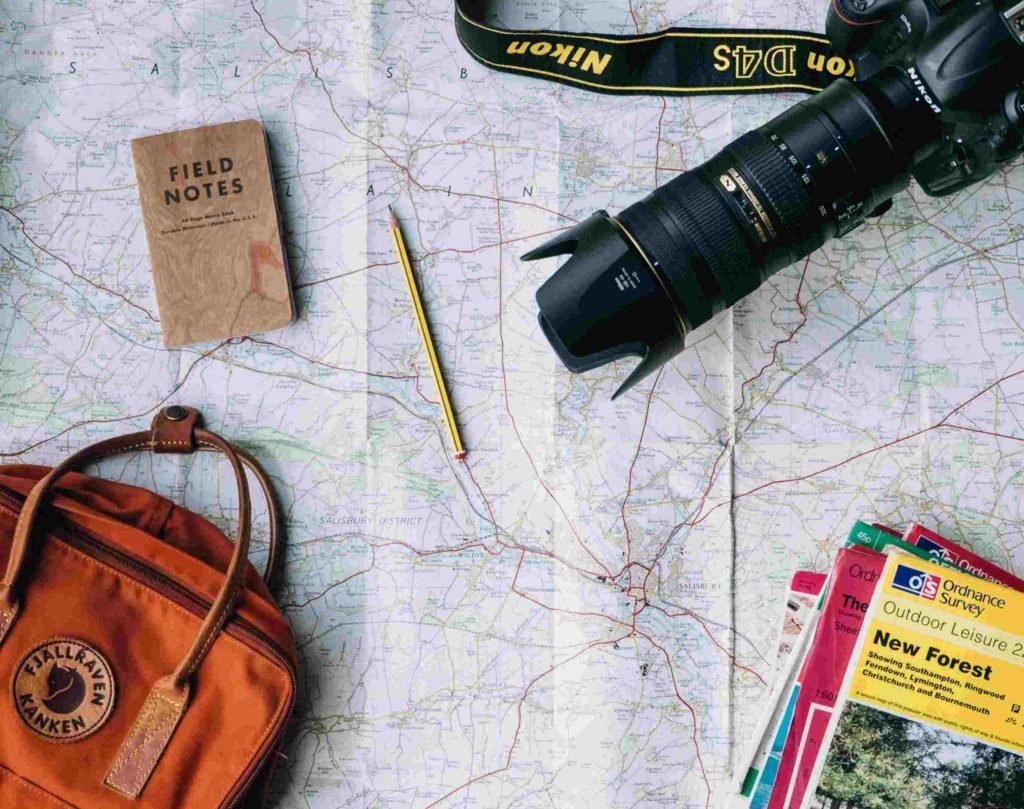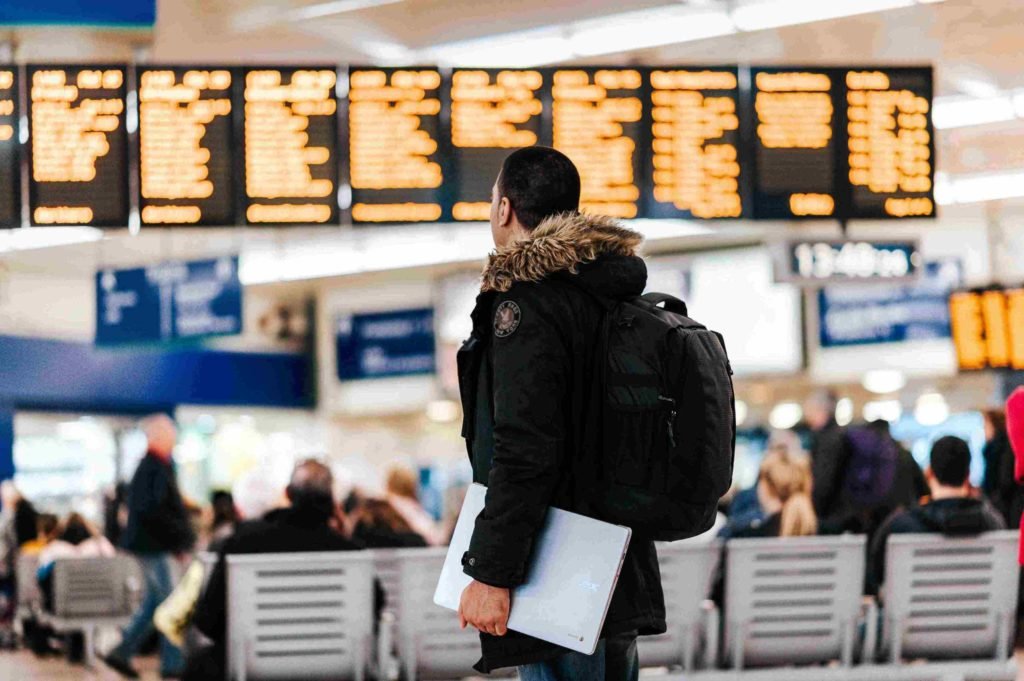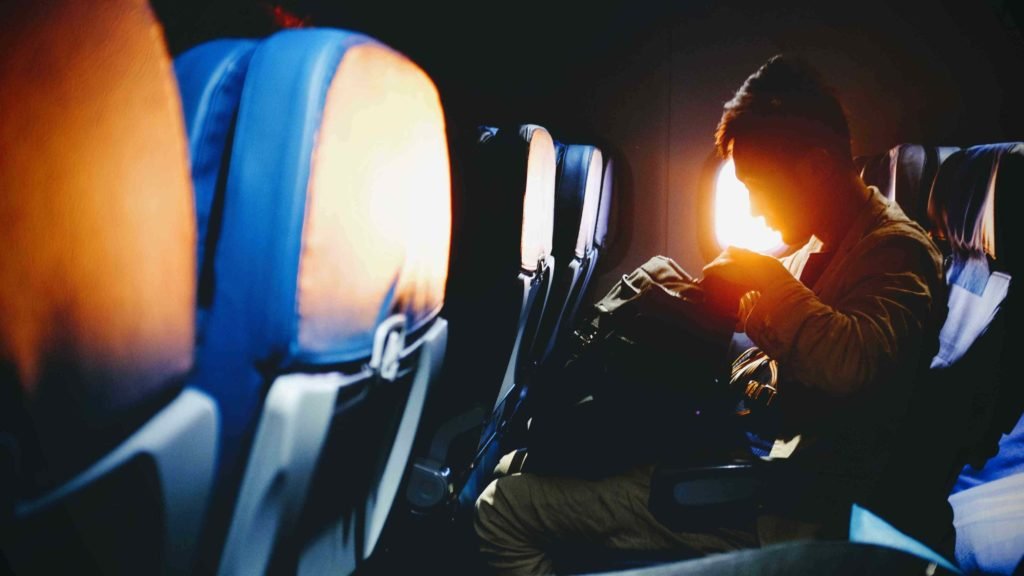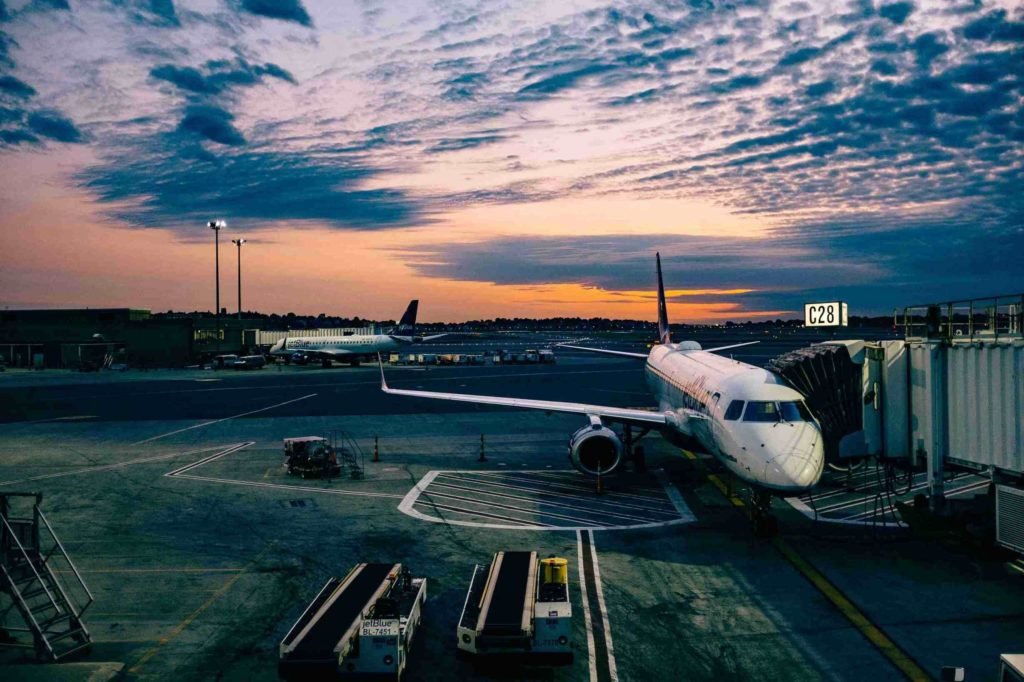
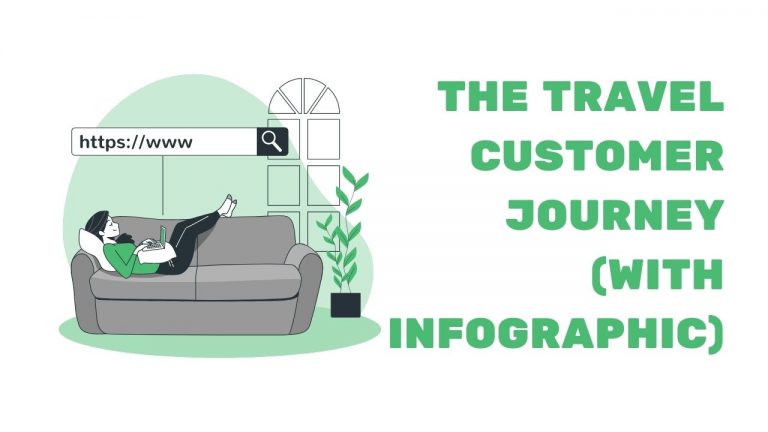
The Travel Customer Journey Through Industry Trends (With Infographic)
In the modern-day, so many elements of the travel experience take place online. From inspiration to research, price comparisons to booking, and most importantly reviews and storytelling, the possibilities of travel via the internet are endless.
The trend of travel agencies being replaced by travel and tour websites, and almost all forms of travel booking (at every stage) having online options, is nothing new – however, as it grows and grows, more data becomes available to us. This means that it’s now easier than ever to study trends in niches and interests within the industry, analyze the data, and draw conclusions.
We’ve put together this guide, with an infographic, looking at various points of pain and ease throughout the travel customer’s journey – all the way from inspiration, through the entirety of the holiday and into the post-trip stage. Let’s take a look at the infographic, and explore some of these points in more detail.
Travel Industry Trends 2020: Where to Meet Your Customers
Throughout any stage of the travel customer journey, it’s extremely important to know what industry customers want to receive – whether it be in terms of promotion, guidance, or help. If you’re able to meet the needs of your customers exactly where it suits them the most, you’ll find customer satisfaction rises, and the likelihood of repeat customers increasing.
However, there are some parts of this multi-stage research and booking travel journey that vary depending on your own business model, the kinds of campaigns you run, the channels you use, etc. Let’s take a look first at the infographic we’ve put together, and then run through each point in finer detail.
1. Inspiring Customer Travel
Inspiration is probably the most common element of travel that we see in online travel niches. Whether it’s flashy, aesthetically pleasing photos, emails to mailing list subscribers, influencers showing off the hotel they’re at, or eco-tourism (which is becoming increasingly popular) – inspiration appears to be the key.
Whether it’s a short, week-long trip to a popular destination or a remote retreat into the wilderness, most travellers these days will cite some sort of rich online media in inspiring them to travel. These simple things that most travel and tourism businesses could easily do can make a huge difference, and aside from word of mouth, can be some of the biggest trendsetters in travel.
Just look at the studies on influencer marketing, that discusses how much so-called ‘key opinion leaders’ have changed the playing field. Any travel brand agent should know by now just how key these new opportunities are.
2. Shopping Trends Through Travel Industry Research
Shopping for travel options on the web often has the connotation of being easier for the customer, and more difficult for the providers with things like competitive paid advertising and browser cookies. However, this doesn’t always have to be the case.
If you can understand the shopping trends of your customers, and how they’re looking for holidays, packages and products, it’s much easier to meet them halfway. It’s little things like making sure your pricing currency changes based on viewer location, keeping information easy to digest and approachable, and making sure that your packages are flexible that can really set you apart from the competition.
As travel marketing and SEO experts, we’ve seen first-hand that given two equal travel options, customers will almost always go for the option that is presented in a simple and straightforward manner – provided they can change little things here and there to suit their trip.
3. How Customers Book Holidays Online
Now, when it comes to booking, things get a little less travel-oriented, making space for some discussion of UI / UX and other elements of digital marketing that are less niche-specific.
We’ve all been at that stage in the online purchasing pipeline where a bad webpage or a faulty booking app simply puts you off and makes you rethink your purchase. These kinds of hiccups can be easily mitigated with a developer who has a good sense of design and user experience.
Little things like web security, mobile booking options, making sure you’re optimising your most successful sales channels, and of course, making the booking process a straightforward and easy task all contribute towards customer retention at this point in their journey.
4. 1-2 Days After Booking – What the Customer Wants
At this point, the customer has made the first of two big jumps – booking (with the second being getting on the flight). This means they’re in a particular mindset, where you probably don’t need to be targeting them with more tour adverts. A better approach might be to give them some space, and reassurance.
Reassurance can come in many forms, whether it’s confirmations that their hotels and flights are all booked (with a polite reminder pointing to any other options they may have, ie. flexible departure or extras they purchased). It’s a nice time to back off a little bit as a tour provider, just keeping yourself at a distance where you’re still in close contact if any worries come to mind.
5. 1-2 Days After Departure – What the Customer Needs
This is the second big jump of the customer’s journey, however at this point, any sort of stress about the trip is likely waning, being replaced by nervous excitement. Departure is a great point at which to really try and get the customer in the pipeline to get ecstatic about their adventure.
Cross-selling can be promoting other tours, activities or accommodation in the region the customer is in or monitoring all the stages of their trip to make sure they’re not missing a bus here, or getting on the wrong flight there. It’s this sort of ‘customised’ attention to detail that can help instil a strong sense of your company being a ‘journey brand’ – that is to say, one that is invested in the trip in its entirety.
6. Check-in: Where the Consumer’s Journey Begins
It’s at this point, however, that we revert to older, more tried and tested methods of customer retention in travel. As anyone who has been to a hotel would know, loyalty or points systems, special cardholder levels, and specials for those who are in-the-know are an integral part of this stage of the journey.
If a customer has been to a hotel multiple times, the system should recognise this as soon as they check-in, and present some form of loyalty reward. If you’re a bed and breakfast, why not check if your solo traveller might not enjoy that double suite that isn’t booked up this month?
Customers like to feel special, just like anyone, and if you’re returning to a destination (or even visiting a new one with similar transport or accommodation chains), somewhere familiar where you were treated with care is the place you would no doubt want to return to.
7. The Airport – Customer Experience Trends
Airports are, of course, another key area of the travel experience where, just like many other stages of travel, there’s a great opportunity for customer satisfaction, and a chance to improve upon their experience.
Airports don’t have to have the nightmarish reputation that follows them around (especially when you’re talking about layovers). Whether it’s duty-free shopping, interesting airport features or updates about their destination (weather, timeframe, etc) – there’s always a way to keep things relaxed.
8. On-trip – a Travel Journey Map
The airport experience follows over to the flight itself, and the layovers and additional travel that still remain. At this point, your customers should be happily sat aboard a plane, or waiting to board a connecting flight halfway across the world – probably watching a movie on their laptop or lost in a novel, if they’re not asleep.
Arrival times and comfort are two essential elements at this point, and other than hot tips about meals or comfort items on the airline they’re flying with, the travellers aren’t probably worried about much else.
9. Post Trip – Traveller Customer Service is Key
Finally, we’re at the post-trip stage. The customer should be satisfied, if not thrilled with their new experience, and as we’ve all felt before, eager and ready to travel again to a new and exciting destination.
Because of this, you want to make sure you’ve put in the effort to stay in touch with the customer so that you’re their first choice the next time they’re looking to go on a holiday. Ideally, you’d have them on a mailing list by this point (which should be a standard part of your online sign-up process), and ideally, a record of their trip connected to this profile.
Things like customer experience and feedback and other information you may have about their travel patterns (such as ‘liked’ tours or destinations on your website) should give you a larger profile of their preferences. This is also the exact sort of data you would need for some targeted online advertising – where you can further ensure customer satisfaction and interest by only showing them content you know they would be interested in.
The Online Journey of Booking a Holiday in Conclusion
Breaking down the process of customer relationship management and satisfaction like we have above, makes it easier to visualise and understand the process. This makes it easier to ensure not only a happy customer but a returning one – and one who is all the more likely to recommend your business to others.
These processes are often a lot easier to understand when split up like this, and easier to tend to, as you can quite easily identify the gaps, bottlenecks or shortfalls in your own business model. It’s always important to remember that at the end of the day, any customer is a person just like yourself. (https://safeanimalshelter.com/) They have habits which can be identified, preferences to be satisfied, and experiences to be had.
If you can help, if even a little to make their experience a memorable one, you can rest assured knowing that they’re all the more likely to come back for more.

